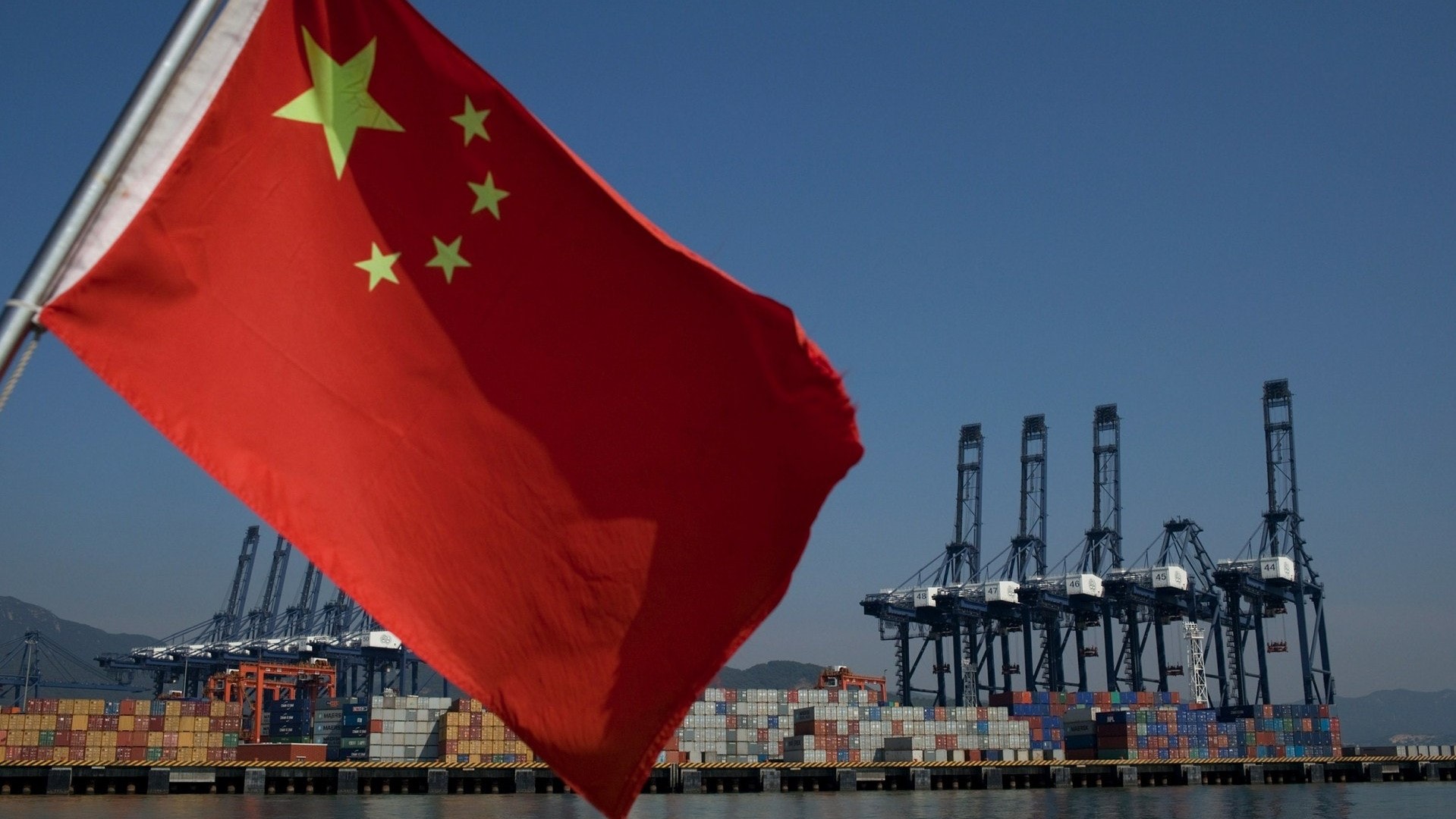Published 21 September 2021
With China's formal request to join the CPTPP, the key question of concern for current members will be whether or not they judge China to be ready, willing, and able to uphold the existing rules in the agreement. Getting large economies to join any deals can raise the stakes, but the benefits of success can also be larger.
This article was first published on the Asian Trade Centre’s Talking Trade Blog.
China has submitted [1] a formal letter of application to join the Comprehensive and Progressive Trans-Pacific Partnership (CPTPP [2]). Now, after years [3] of speculation, it’s decision time. Will the current members of the CPTPP agree to allow China to start accession or not? As Talking Trade readers may recall, the CPTPP accession process has started already. Members have formed accession working parties to manage the addition of the UK.
As Talking Trade readers may recall, the CPTPP accession process has started already [4]. Members have formed accession working parties to manage the addition of the UK.
With China’s request, members will [5] need to hold formal bilateral consultations. Then, they will convene to decide on what to do with the application request. If the current members decide to allow it, China will proceed to the accession stage and start working on their own country-specific schedules for market access in goods, services, investment, movement of business persons, state-owned enterprise (SOE) exceptions, and government procurement commitments. The text of the agreement and all existing member schedules are not intended to be adjusted in the wake of new accession discussions.
The key question of concern for current members will be whether or not they judge China to be ready, willing, and able to uphold the existing rules in the agreement.
The CPTPP does have a dispute settlement chapter intended to ensure compliance with the CPTPP rulebook and schedules of commitments. However, as with many free trade agreements (FTAs), it remains untested. [This might be another good place to add one more [6] time that a CPTPP Secretariat would be a significant help in managing future trade disputes between members, if the CPTPP members could simply see their way clear to setting up such an organization…]
Current members will be especially interested in China’s plans to manage some more ambitious and challenging aspects of the agreement. This includes aligning CPTPP digital commitments with China’s current and planned digital regulations on a wide range of areas that may prove incompatible with the basic framework of the CPTPP: to allow data to flow freely and be stored wherever.[7]
Another area of long-standing concern has been China’s ability to manage the chapter commitments on competition, particularly those related to state-owned enterprises (SOEs). As many will recall [8], the SOE chapter was developed at the particular insistence of the United States precisely to help manage a potential future accession of an economy like China’s.
The CPTPP does not prohibit SOEs. It does try to discipline or constrain certain types of behaviors in the marketplace, particularly by SOE firms that are providing commercially competitive goods and services for a profit and are not providing public goods. Members can schedule, or make specific commitments, related to SOEs which will not be subject to the chapter rules.
At the time of negotiation, it was also assumed that the intellectual property rights chapter might be too ambitious for China. While the agreement does contain a range of new commitments that can be a challenge for members to meet, China’s own changing abilities to develop innovations, protect, and enforce them means that the overall commitments may be less problematic in 2021 and beyond than originally anticipated. In addition, many of the IP provisions contained with the Regional Comprehensive Economic Partnership (RCEP) which is due to enter into force for China and other Asian country members in January 2022, are similar.
The CPTPP has a labor chapter intended to help support worker rights. The chapter follows the 1998 International Labor Organisation (ILO) Declaration. Given that China and 187 members of the ILO are signatories to the Declaration, adhering to the CPTPP text should not present an insurmountable challenge.
China’s recent efforts to provide improved stewardship of the environment may make the CPTPP environment chapter less onerous as well. This is not to say that China will not be subjected to some hard questioning on its commitments to, for instance, stop trade in endangered species or limit logging, but that such concerns could be managed in negotiations.
There are likely to be bilateral issues of concern in talks with China, ranging from the ongoing dispute with Australia over wine to worries about how to manage agricultural trade and the distribution of tariff rate quotas on products.
However, none of these topics necessarily dooms talks to failure, particularly at the bilateral consultation phase. Getting large economies to join any agreement can be a fraught exercise, as the stakes are higher. But the benefits of success can also be larger.
China is a formidable economic competitor. It is already the largest importer and exporter for most of the CPTPP member economies. Many will suggest that keeping China constrained by a set of rules that are consistent is better than trying to compete with China operating outside of the same rulebook.
One of the original intentions behind the CPTPP, dating back to the original conception as P4 with Brunei, Chile, New Zealand and Singapore, was to create an agreement that would grow and expand. The CPTPP is certainly better with more members inside the agreement.
Some will argue that there is “no need to rush to join.” But recall that the CPTPP entered into force in December 2018. China’s President Xi declared his serious intentions more than a year ago. The bureaucracy in China has already spent significant time looking carefully at the agreement and preparing gap analyses and brainstorming how to respond to likely requests and concerns.
The CPTPP is currently expanding with Peru becoming a full member on September 19, and with talks underway for the UK, accession is already taking place. China is not likely to be the only prospective member looking carefully at joining now. Stay tuned – trade is going to remain interesting!
_______________
[1] - https://www.reuters.com/world/china/china-officially-applies-join-cptpp-trade-pact-2021-09-16/
[2] - https://www.mfat.govt.nz/vn/trade/free-trade-agreements/free-trade-agreements-in-force/comprehensive-and-progressive-agreement-for-trans-pacific-partnership-cptpp/comprehensive-and-progressive-agreement-for-trans-pacific-partnership-text-and-resources/
[3] - https://asiantradecentre.org/talkingtrade/the-cptpp-expands
[4] - https://asiantradecentre.org/talkingtrade/the-cptpp-expands
[5] - https://asiantradecentre.org/talkingtrade/how-to-join-the-cptpp
[6] - https://asiantradecentre.org/talkingtrade/2015/3/9/creating-the-tpp-secretariat
[7] - https://asiantradecentre.org/talkingtrade/china-applies-to-join-the-cptpp#_ftn1= Subject, of course, to a range of exceptions clauses that follow each specific commitment as well as to a set of general exceptions that apply to the agreement as a whole.
[8] - https://asiantradecentre.org/talkingtrade/tag/SOEs
© The Hinrich Foundation. See our website Terms and conditions for our copyright and reprint policy. All statements of fact and the views, conclusions and recommendations expressed in this publication are the sole responsibility of the author(s).







